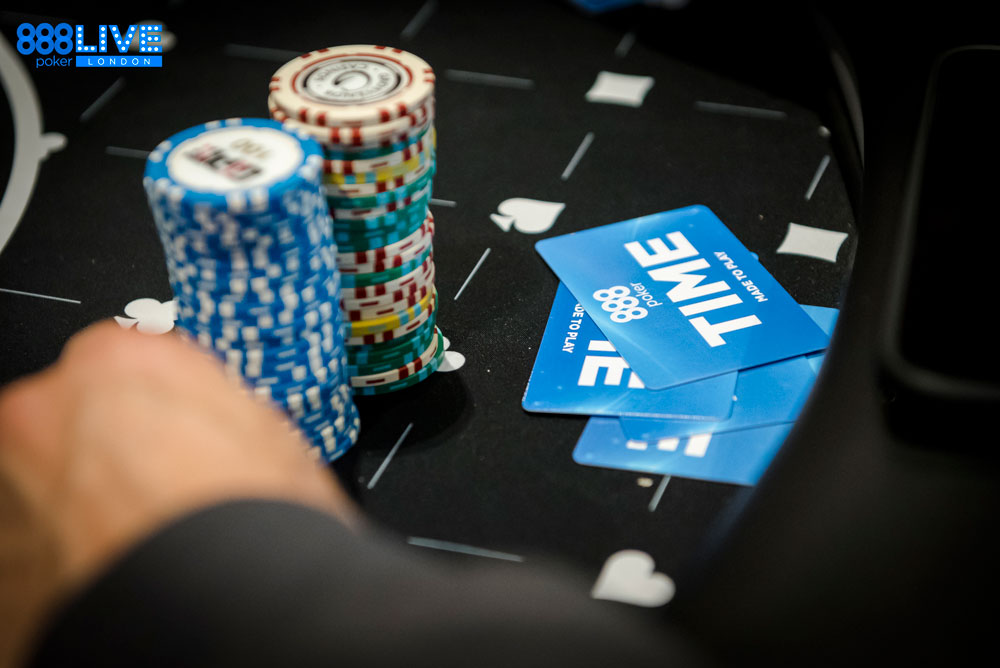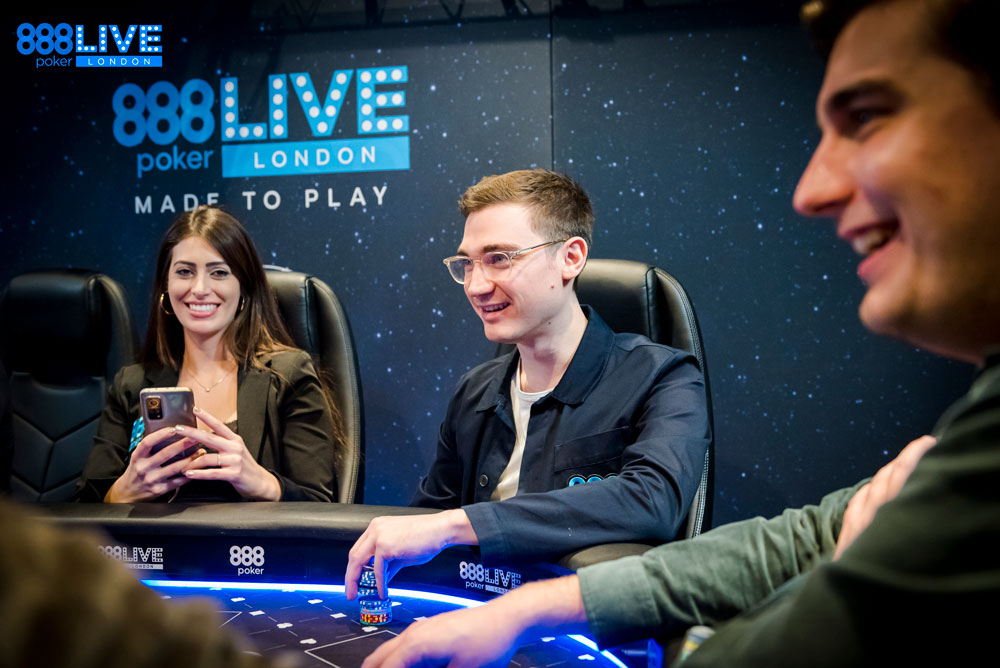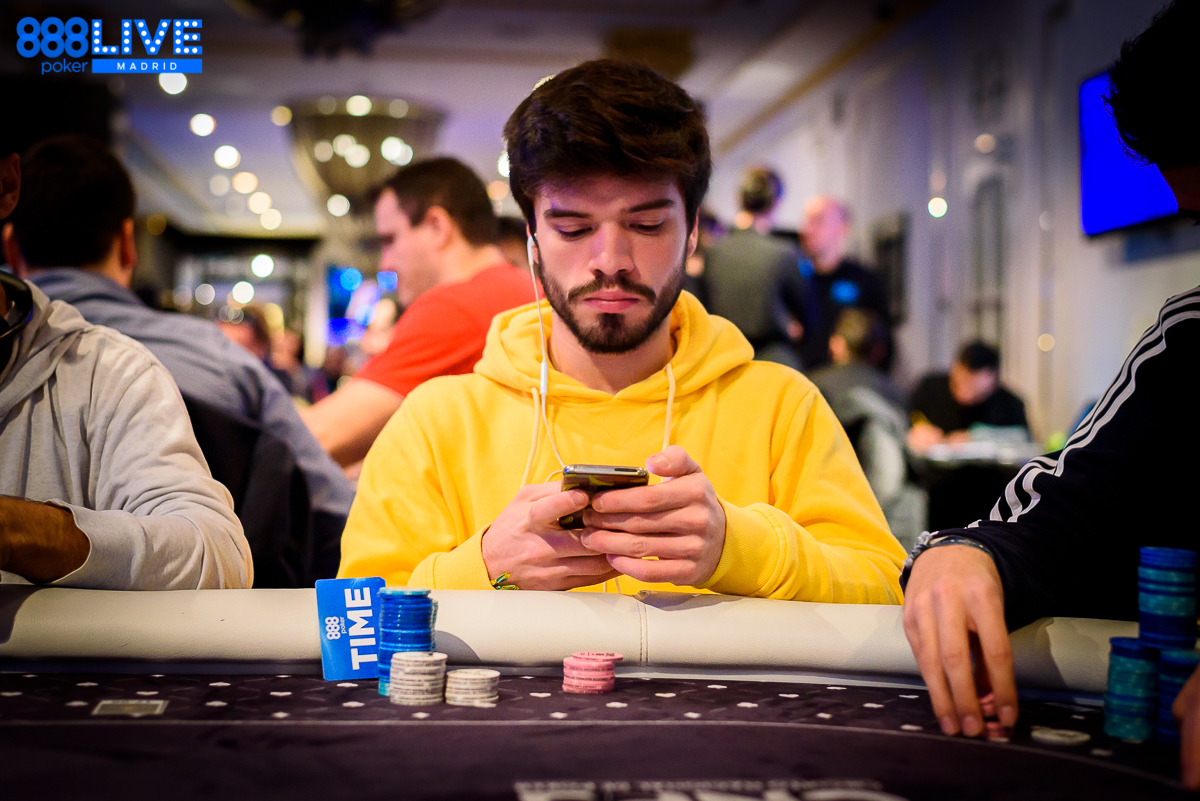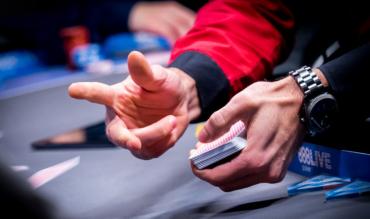Things have changed a lot for the better over the last few decades. But as we see with global warming, cyberbullying and the emergence of Jake Paul, progress can often come at a cost.
Today we will look at the top five modern developments threatening poker and its longevity.
Here they are in no particular order of importance or notoriety:
Excessive Tanking
One of the most annoying developments in recent years is the deliberate tanking adopted by some players. In case you're behind with your slang, tanking happens when players deliberately take longer than necessary to play their turn.
Taking extra time to minimize tells or mull over a tough decision is reasonable in moderation. But some players have started to abuse the system attempting to annoy and/or tilt their opponents. Perhaps they think it looks cool.

Players maintain the right to ‘call the clock’. (Anyone can ask the casino to add a timer to a player’s decision if they feel someone is taking too long). But some poker players consider it rude and are reluctant to do so.
One of the most high-profile culprits is Christoph Vogelsang. In 2022, he irritated a lot of fans who were watching him play heads-up on stream. In the match, Vogelsang took an absurdly long time to make decisions that seemed pretty innocuous.
Vogelsang claimed that his tanking was down to his own indecisiveness. But some, like Lex Veldhuis, called Cristoph’s tanking a ‘pathetic’ attempt to tilt his opponent and called for him to ‘grow up’.
An analysis on Finding Equilibrium’s YouTube channel was a little less damning. They argued that Vogelsang’s tanking was due to the complexity of Cristoph’s thought process and the magnitude of the situation.
According to Finding Equilibrium, Vogelsang’s probably spent this extra time considering factors other players failed to consider. This reasoning is something that Cristoph’s own comments support.
This statement might be accurate, but if so, it begs the question, why don't all elite players do this? And how does he manage to function online where every decision is timed?
Tanking is a player’s right. It’s sensible to consider your plays as carefully as you can before committing to them.
But at what point does taking your time become nonsensical?
Regardless of whether you think Vogelsang’s tanking was an angle shoot, it’s hard to argue that snail-pace poker is good for the game. As the outrage on social media showed, excessive tanking ruins poker as a spectator sport.
what Vogelsang is doing in this (and every) tournament is at a minimum angleshooting (exploiting loopholes in rules for unethical gain) and every player every tournament should make sure a floor has a personal clock on him after 5 seconds, one that lasts 5 seconds too.
— Scott Seiver (@scott_seiver) June 5, 2022
It makes the tables seem boring and intimidating. While elite players like Vogelsang aren't concerned, it's detrimental to the poker ecosystem. These poker shows bring a lot of players to the tables, who are necessary for the game's longevity.
Shot Clocks
Excessive tanking was a problem way before players like Vogelsang, especially in tournaments as the bubble approached. Hand-for-hand play was introduced to help speed things up. But players found other ways to slow things down and started playing slower earlier on instead.
More recently, tournament organisers have introduced ‘shot clocks’, timers that begin counting down when a player ‘s turn begins. When the clock reaches zero, your hand is dead and tossed into the muck.

Players get a handful of 'time-extension' chips for more complex decisions. At the 2018 WSOP, for example, players were given 30 seconds per turn and began tournaments with four 30-second time extension chips, replenished at the start of each day.
Shot clocks like this were effective at stopping undue tanking, but there are a few negatives, especially for recreational players.
The first is due to the additional pressure that comes with a timer. Pros are experienced enough to play instinctively and make rapid or predetermined decisions. But amateurs often need more time to process their situation and decide what to do.
Inexperienced players are likely to feel mentally fatigued near the end of a long tournament day, which can impede their decision-making. Adding a timer amplifies this feeling and forces them to rush, resulting in more mistakes and an advantage for the pros.
The social experience is a big part of why many amateurs play poker. For a long time, the opportunity to chat and play with new and exciting people has attracted many players to the game. Shot clocks can hinder this allure by interfering with the natural tempo.

The increased pace of play can make the game more engaging. But with the hands coming thick and fast, it can be hard to keep track of crucial variables like stack sizes, tournament stage or changes in opposition (variables you can check in an instant online).
While thirty seconds seems like a reasonable amount of time to make a poker decision, it doesn’t leave much for anything else.
Players are forced to pay constant attention to the game, making the whole experience more intense. This scenario is great for the poker purists. But it's hardly the foundation for a meaningful or light-hearted conversation.
As a result, shot clocks do scare some recreational players away from the tables.
Poker Scandals
One of the most negative impacts on poker comes from the string of recent cheating scandals.
There are three types of cheating accusations, broadly speaking:
- Case 1: ‘Smoking gun’ cases with clear evidence and/or a confession.
- Case 2: Unproven cases based on an abundance of suspicious activity.
- Case 3: Unproven cases that have little to no evidence.
There have been many ‘smoking gun’ type real-money cheating instances over the years. While they are all disgusting, they range in exposure and impact. The Full Tilt drama and Black Friday caused more destruction than lesser-known cases like Fedor Kruse’s ‘dream machine’.
- The case of Mike Postle best represents the second kind of cheating scandal. Though we have not seen a confession or any conclusive proof, there is enough circumstantial evidence to merit a serious cheating accusation. Though the case against him seems damning, we can’t officially condemn Postle as a cheat. But we can’t ignore the evidence either.
- Robbi Lew vs Garrett Adelstein controversy is an excellent example of the third scandal. Adelstein accused her of cheating based on one hand. An internal investigation, official interrogation and lie detector test has since cleared her.
- Cheating is essentially a way of stealing money from the community. So, you might see cast-iron cheating cases of the most destructive variety. But cheating accusations are damaging to poker.
We all love a good drama as much as we hate a cheat. But the reality is that cheating accusations hugely negatively impact society’s perception of the poker industry. When a high-profile case like that of Robbi Lew or Mike Postle makes the national news, it reinforces some of poker’s negative stereotypes.
Sure, the hype of a scandal is pretty fun to follow. But this kind of PR will likely discourage new people from feeling safe enough to test their wits at the poker tables. Poker relies on the influx of money from new player deposits. So, the reputational damage from a cheating scandal has the potential to impact poker negatively.
The abuse that accused cheaters receive on social media doesn’t help either. Look at Robbi Lew’s case, for example. Her Twitter feed is riddled with vile comments and personal insults, despite factual information supporting her innocence.
Another example involved Alec Torelli, who was branded a cheat and attacked back in 2017 after stacking his big chips incorrectly in a televised hand. This reaction makes the poker community seem hostile.
Clearly, it’s imperative that we catch cheaters, but the process should be far less gung-ho in tossing accusations around. At the very least, we should wait until sufficient evidence supports a cheating claim.
This approach gives us the best chance of catching the culprit and avoids the unnecessary PR damage caused by false accusations.
Technology
The rapid development of computer power and poker software presents another serious threat to poker.
If you hopped in a DeLorean and went back around twenty years, you’d find yourself at a time when simple software like PokerStove and ICMizer were cutting edge. Despite being useful study tools, these programs were essentially elaborate calculators. They were only as good as the quality of information fed into them.
And even then, knowing how to use the results to improve took a lot of skill. While they could help you in the lab, these programs didn’t give you real-time assistance at the tables.

Later, advanced tracking software like Hold’em Manager and Poker Tracker emerged. These were way more powerful and far more comprehensive. These programs used hand history files to record everything at the tables and store it in a database.
This program was great for studying because you could use various filters to focus on a specific area:
- If you wanted to see how much money you were winning with small pocket pairs from middle position, for example, no problem.
- All you had to do was select the appropriate filters, and within seconds, you’d be able to examine every matching hand in your database. The results would even be displayed in pretty little graphs.
This kind of software is not without its controversy. This technology includes a feature known as a HUD. This tool is a fully-customisable overlay that tracks hands in your database to show statistics about current players at your table.
The overlay sits above the players’ names and can be as simple or complex as you like. If you want more information, all you have to do is click on the player’s name and select one of the countless pop-up menus. You can even filter the data by stacks-size and table position to make it more accurate.
HUDS are a cause for concern. But poker sites allow them as they don’t make decisions or develop strategies.
Notably, the software’s usefulness directly correlates to the player’s understanding of how to interpret the data. So, benefiting from HUDs in-game took poker intellect and skill.
At this stage of the poker tech evolution, software like this was helping to produce better players and is still seen as a positive force for poker.
GTO and Solvers
Technology has evolved in the last ten years, as have poker programs. Instead of merely interpreting data, modern ‘solvers’ can produce flawless, unbeatable strategies.
As a result, playing perfect poker is a matter of learning and implementing one of these strategies. Not that there’s anything simple about it!
- Perfect GTO poker is incredibly complicated and way too complex for a human brain to handle.
- Humans simply cannot rival a computer’s ability to process data.
Since GTO simulations can take too long to calculate in real time. So, several players have been using databases of pre-solved spots to build so called ‘dream machines’.
Although humans still click the buttons, this step is once removed from an unbeatable GTO poker bot.
And even ignoring GTO dream machines, there are poker bots, such as Pluribus and Libratus, strong enough to beat the best human players on the planet.
A program like Pluribus is particularly terrifying. It is sophisticated enough to beat multiple players and costs the equivalent of $144 to produce (according to Wikipedia).
These bots may play too unorthodoxly to avoid detection right now. But, it would be foolish to ignore the potential dangers that computer programs and bots pose to poker.
Despite the concerns raised here, poker has improved for the better over the last few decades. Things are much safer, strategies are way more complex, and players are better than ever.
Who knows where it will go from here?


